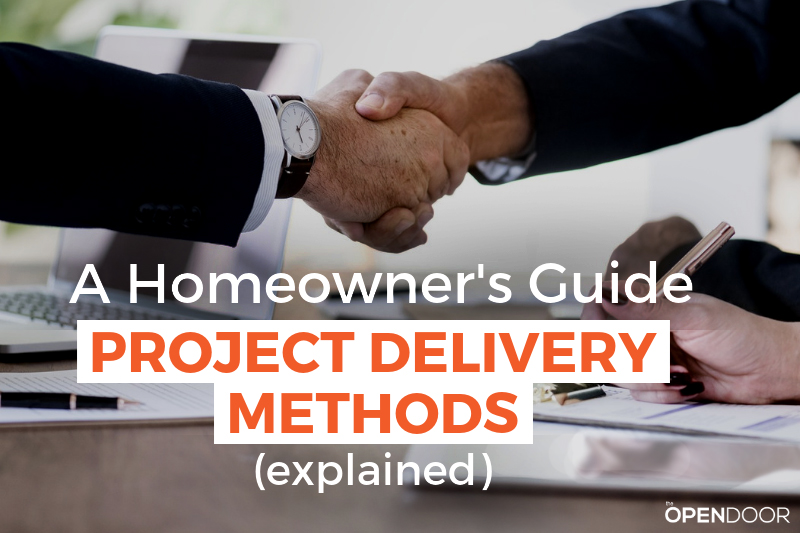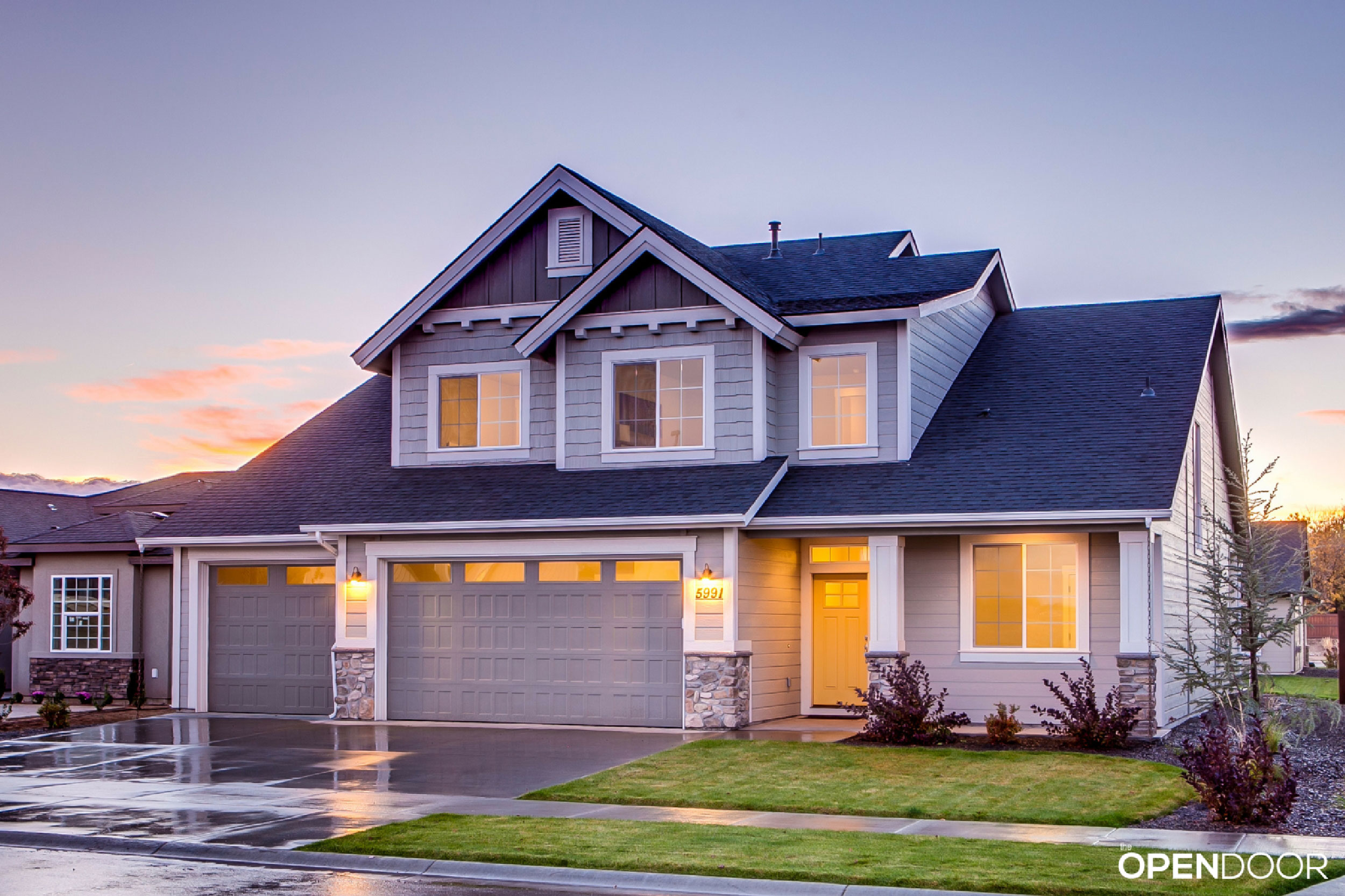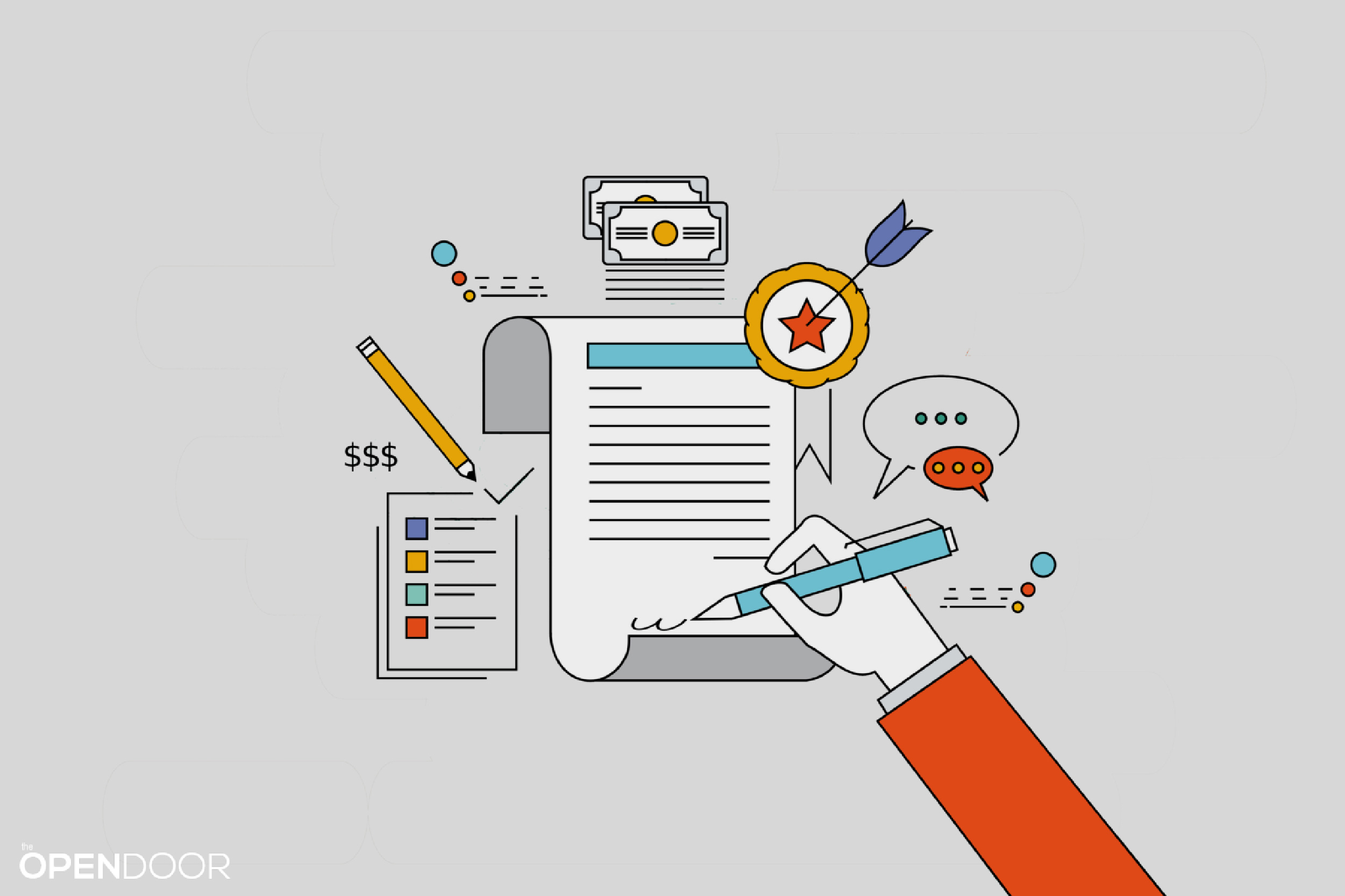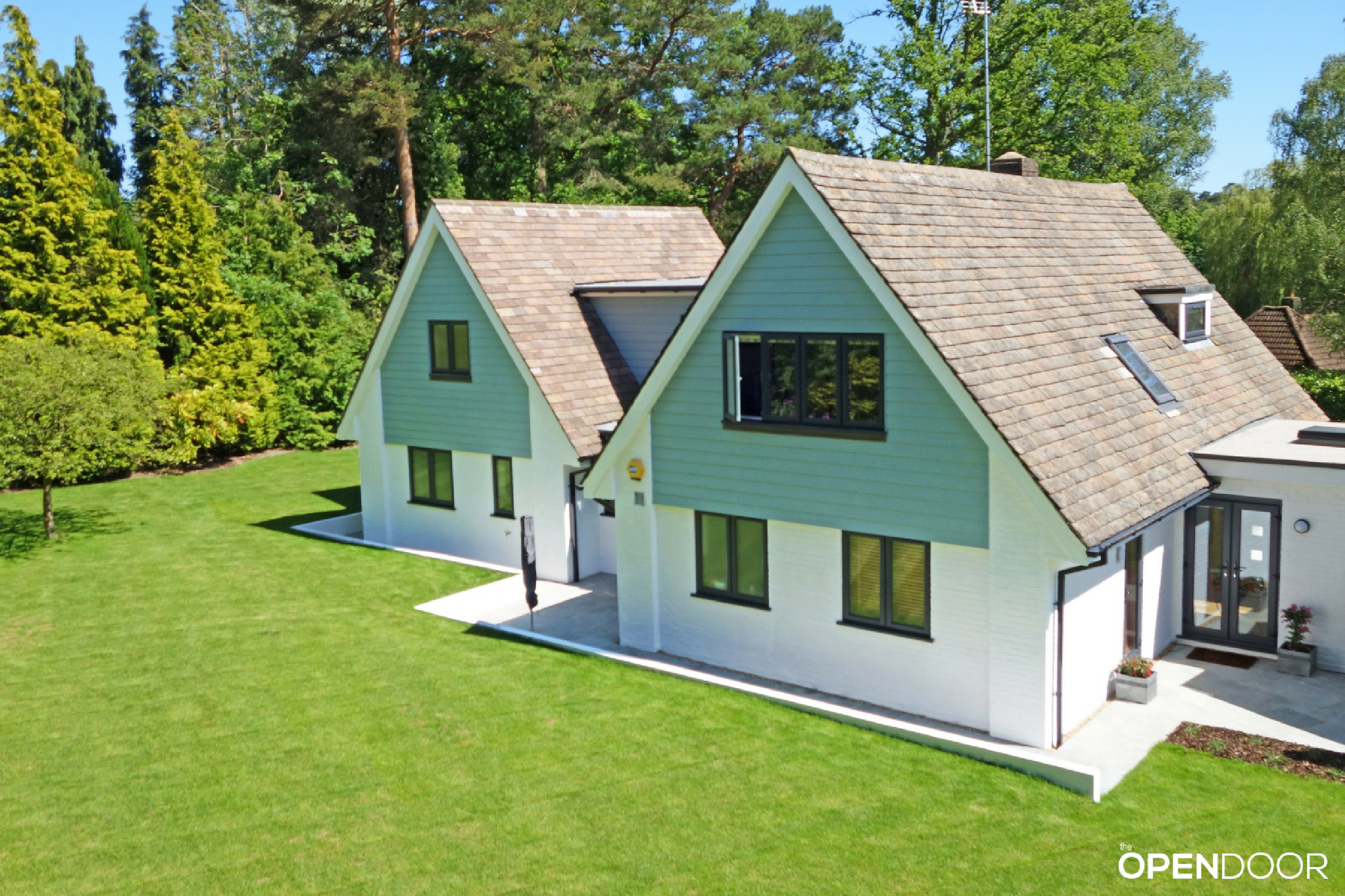While your ultimate goal is to create an amazing project, the steps it takes to get there are critical to its success. Choosing the right project delivery method for your project is an important step in getting there.
What are project delivery methods?
Many people are unfamiliar with this concept, so before going any further, let’s talk about what it means. A project delivery method is simple how you plan to design and build your project in terms of the team you put together and how they will make it all happen (from a contractual standpoint).
Keep in mind that there is no perfect project delivery method; all have benefits and drawbacks. Nonetheless, there’s most likely an optimal delivery method for you and your project. By choosing the one that best fits your project needs, you’ll be able to create your project in the best way possible to balance risk, budget, schedule, expertise, quality, and involvement.
Many methods of project delivery exist, but most are variations of the four models described below. Let’s explore the most common types of project delivery methods.
4 Basic Project Delivery Methods in Residential Construction
The main parties involved in the process of constructing a home are 1) the owner (that’s YOU), 2) the architect, designers, and engineers, and 3) the contractor, subcontractors, vendors, and suppliers. Depending on the delivery method you choose, these roles may overlap a bit.
Design-Bid-Build
A Design-bid-build delivery method typically involves three sequential project phases: The design phase, when the design is created (typically by an architect or designer); the bid phase, when multiple contractors submit bids for the project and you select the one you want to use; and a build or construction phase, when the project is built by the contractor. This method is sometimes called “traditional” and you, as the owner, can expect two contracts: one with the design professional and one with the general contractor.
Design-Negotiate-Build
The design-negotiate-build delivery method is similar to the design-bid-build method with the exception that instead of a bid phase, there is a negotiation phase where you negotiate the project cost (or how the cost will be determined) with one specific contractor and award the contract.
Design-Build
Design-build has been gaining momentum as a popular project delivery method in recent years. It’s a straightforward delivery method for homeowners. You have one contract with a firm or joint venture entity to cover architecture, engineering, and construction.
Owner-Build
The owner-builder project delivery method is where you, the owner, act as the general contractor for the project. You would be responsible for managing the planning, coordinating, scheduling, and execution of the project.
Now that you’re familiar with the 4 project delivery methods, let’s look into some criteria to help you make an informed decision about which project delivery method is best for your project needs.
Factors to Consider Before Selecting a Project Delivery Method
Before starting a project, you’ll probably have a basic understanding of why and what you are building. However, having a firm understanding of your basic goals and project constraints before selecting a delivery method will aid your final decision. In general, start comparing the criteria that are most important to your project’s success:
- Budget: how much to spend
- Schedule: how much time it will take
- Design: what the final project will look like and how it will perform
- Owner Involvement: how much effort will be necessary on your part
- Owner Expertise: your experience in design and construction projects
- Risks: the amount of project control and potential liabilities (damages or financial loss)
Nobody knows your needs and capabilities better than you; so start thinking about these factors as soon as possible. Here’s a little more about each one:
Project Budget
Consider your project budget. Make sure you include all hard and soft costs as well as contingencies for unforeseen conditions and change orders. Do you have a strict project budget or do you have a little wiggle room to increase quality, scope, or expertise for the betterment of the project?
In other words, how sensitive are you to price? Will you be making decisions primarily based on cost? Remember cost, quality, and time are all interrelated project constraints. You can have two but never all three.
Project Schedule
Accurately estimating a project’s schedule is crucial. Don’t forget that good design takes time, as do proper approvals, permits, and inspections. Also, keep in mind that schedule and cost are closely tied to each other – speeding up the schedule translates into increased costs.
What kind of timing is necessary to meet your expected schedule and at what tradeoff? Project delays can be due to design issues, long lead times for material acquisition, contractor personnel resources, or the owner’s own indecision. How important is it that you meet a specific timeline?
Design Quality
You might have a basic idea of how your project will look, but consider how important design is to you and your project. How you want your floor plan to flow and how you want the spaces to feel are basic design questions to consider.
Beyond that, think about the level of design refinement you want, how complex of a project you’re undertaking, and if you have performance goals tied to a well-designed and detailed project. Are you looking for innovative designs, a high degree of detailing, or a high performing home?
Owner Involvement
Each delivery method has varying levels of required input and involvement from you. This may range from simple email correspondence and regular meetings with your team to full on hand-holding and planning of the entire process.
Do you have the time required to provide a lot of oversight? Do you want full control of the process? Do you want to hand off most of the management to someone else and just check in every so often?
Owner Expertise
Consider your level of familiarity with construction, especially a project similar in scope and size, as well as how much effort will be required on your part to oversee the process. How knowledgeable are you in understanding and performing duties during the design and construction process?
Ensuring that the project is managed properly with the right amount of personnel and expertise will set the project up for smooth sailing and success. While extensive expertise is not critical to a project’s success, it will certainly help indicate what type of delivery method is needed.
Owner Risks
Too many construction risks can result in increased costs and even project failure. Therefore, a thorough risk evaluation should be conducted before a project begins. One key question to answer regarding risk concerns is who will be liable for design or construct-ability problems that result during and beyond construction?
Additionally, if you’re considering a project delivery method in which you will be heavily involved in managing the project, consider your responsibility for reducing gaps in construction services and stages.
Now that you have an idea of the key considerations in selecting a project delivery method, let’s explore how you can go about making a selection.
How to Select a Project Delivery Method for your Project
Follow these four steps to help you determine which project delivery method is right for you and your project.
- Determine your project goals. Do you have specific goals related to cost, schedule, design, quality, functionality, land usage, or performance?
- Outline specific constraints and factors affecting your project. These may include tight schedule, small budget, your own expertise, your availability, your preferred level of risk, and the availability of companies/firms to work with. This is your chance to assess your strengths, weaknesses, opportunities, and threats as well as those who may form your project team.
- Evaluate your constraints based on your project goals. What is most important to you and where are your biggest concerns? It might help to prioritize and rank your goals/constraints. Are you particularly worried about the project cost because you have a very ambitious budget expectation? Do you want a particular design style with a high level of detail and attention that would limit the pool of designers/architects capable of creating the design?
- Review the 4 delivery methods and select the one that best aligns with your project goals, needs, and constraints.
Setting Up Your Project for Success with the Right Project Delivery Method

No two projects will ever be the same; meaning, you need to choose the right project delivery method on a case-by-case basis. With careful evaluation of the criteria most important to your project’s success, as well as an in-depth understanding of the models available, you’re more likely to make an informed decision on project delivery that’s right for your unique needs. By intentionally selecting the optimal journey for your project, you’ll experience increased enjoyment and satisfaction, complete construction on time and on budget, and be able to move in quicker.
For more information on project delivery methods, take a look at our guide:
A Homeowner’s Guide to Project Delivery Methods.
(click to instantly download the guide)










